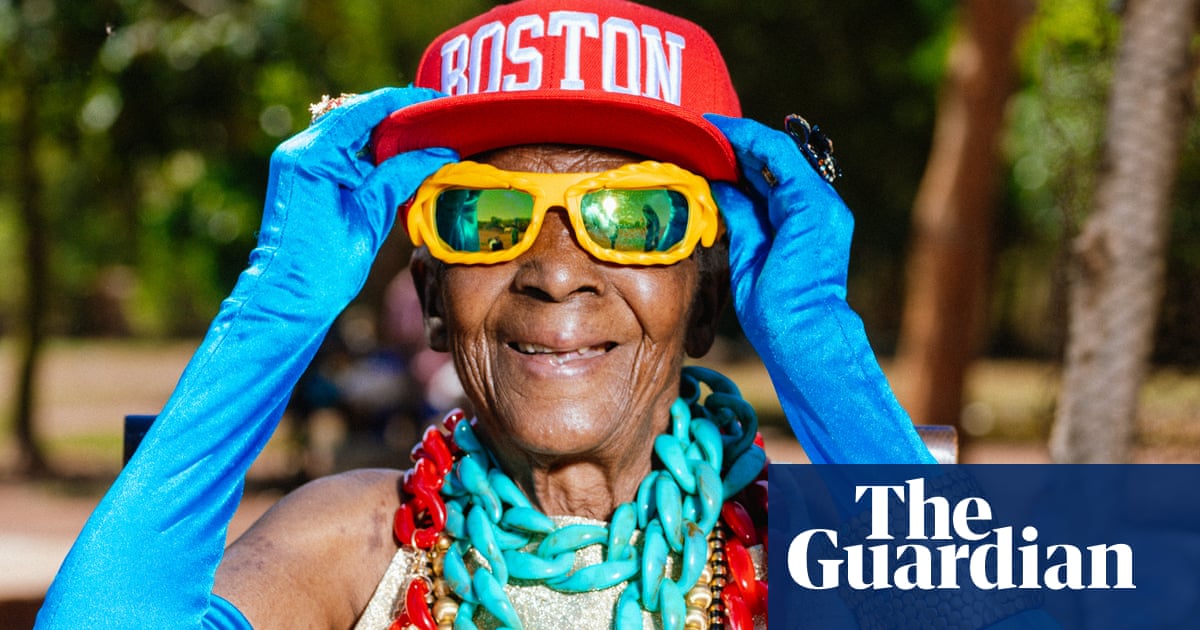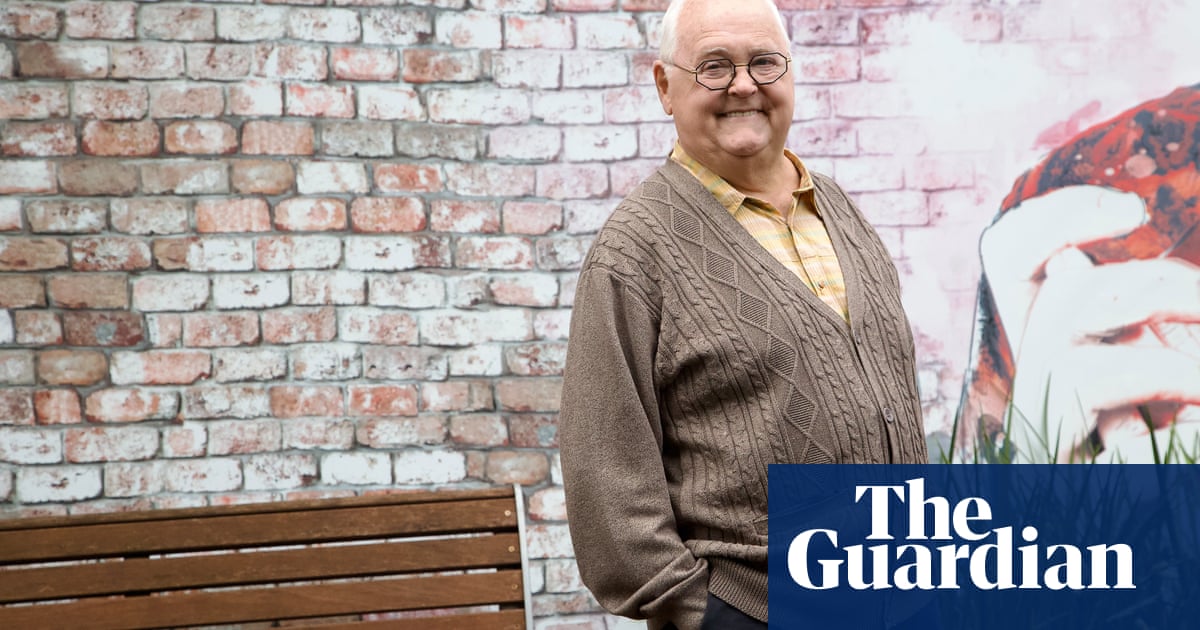The National Institute on Aging reports that more than one in four adults 65 and older fall annually. Fortunately, it’s an avoidable threat.
“Falls are not inevitable,” says Emily Nabors, the associate director of innovation at the National Council on Aging’s Center for Healthy Aging. “There are many things you can do to reduce your risk.”
Preparing for falls might trigger some stigma or fears about getting older, but experts say these actions are investments in your future self. Here’s what they say can help.
What are the leading causes of falls in older people?
Fall risks are divided into internal and external risks, says Nabors. Internal risks include vision problems, balance issues or trouble with mobility. External risks are factors in your home and community, like uneven sidewalks or electrical cords in walkways.
“More than half of all falls among older adults age 65 and older happen at home,” says Nabors.
Falls result from various factors, explains Dr Angela Sanford, an associate professor of geriatric medicine at the Saint Louis University School of Medicine. This mix depends on the individual, though a drop in blood pressure, often linked to medications or dehydration, is frequently involved. Low blood pressure can cause dizziness, blurred vision or fainting, increasing fall risk.
Isolated older adults also face higher risk due to inactivity, explains Jennifer Nash, a physical therapist and associate professor at the University of Nevada, Las Vegas. Lack of movement reduces strength, balance and flexibility.
Tests can help determine your chance of falling. Nash checks how well a client can get up and down from a chair without their arms. Further, if you walk slower than 1 meter per second, you’re at an increased risk.
Caregivers can help mitigate hazards. The National Alliance for Caregiving and the National Council on Aging created this family resource guide, which addresses topics such as how to discuss fall concerns with a loved one and how to develop a prevention plan.
What do I do if I’m scared of falling?
Falling can actually cause a fear of falling. This can cause someone to be less active, which increases fall risk, explains Nash.
In these cases, physical therapy can build confidence, and help with gait and balance, says Sanford.
The risk of falling increases with age, but Nabors notes that falls can happen to anyone, regardless of age or level of activity; it’s worthwhile for people of all backgrounds to try to reduce their risk.
What can I do to prevent and recover from falls?
If you fall, that doubles your chance of another fall. Check your risk level with this brief National Council on Aging questionnaire.
Nabors recommends asking your doctor to identify your potential fall risks, including vision issues, balance problems and certain chronic conditions, such as arthritis. Nash recommends yearly eye and hearing exams.
Speak with your doctor or pharmacist about medications and their associated risks annually or when you start a new medication, Nabors says. Side effects or interactions with other medications can increase the chance of falling. Be mindful of alcohol and how it might interact with medications.
Staying social can also protect against falls, Nash observes. Relationships lead us to make plans, which naturally increases physical activity.
Improving and maintaining strength and balance lowers your risk of falling, and increases your resilience if you do fall, says Nabors.
How can I improve balance as I age?
Assessing your balance and strength in advance of a fall is ideal, says Jonathan Lee-Confer, an assistant professor in the physical therapy program at the University of Arizona. He reframes fall prevention exercises as “activity promotion”. And the sooner you start, the more prepared you’ll be for later years.
Physical therapy is a good prevention strategy. Learn some techniques, practice at home and reappraise as needed. There are also several resource guides for practicing at home, if it’s safe to do so. Exercises for preventing falls – such as wall squats, heel raises and hip circles – often focus on balance and leg strength. Tai chi and yoga can be especially helpful for balance.
In your later years, physical therapy is very important if you can’t get down to and then up from the floor without assistance, says Nash. She works with clients on catching themselves if they experience an unexpected loss of balance.

“If you can stand on one foot for at least six seconds, you dramatically decrease the risk of falling,” she explains.
after newsletter promotion
Arm movements help maintain balance during a fall, says Lee-Confer. His research suggests that strong arms and legs could lower the risk of debilitating falls. Quick lateral side raises with dumbbells can help. Training the arms to move rapidly “reduces how much our center of mass moves”, he explains. “We’re more likely to regain balance and less likely to lose balance in the first place.”
Certain exercises can be beneficial, but keeping active overall helps. Get your heart rate up for a few minutes and do a variety of physical things, like gardening or walking, Nash says. But check with your doctor to make sure that any new physical activity is safe and appropriate.
How can I modify my home to prevent falls?
Increasing safety and support in the home might be daunting, but it’s simpler than most realize. The Centers for Disease Control and Prevention (CDC) offers a prevention checklist.
“Many home modifications are simple, easy and often free,” says Nabors. She recommends starting with a budget and a list of priorities. For example, if getting outside easily is important, prioritize fixing broken outdoor steps and installing a handrail.
Simple tidying can help: pick up clutter, secure rugs and keep objects off the stairs. Keep frequently used items in easy reach and place a sturdy chair in the bedroom and kitchen to provide support while you get dressed or cook, says Nabors. An armful of packages or groceries can make tripping hazards hard to see, so she also suggests placing a table by the front door where you can place them.
Cheap alterations include swapping burnt-out light bulbs with bright, non-glare replacements, adding night lights between the bedroom and bathroom, and adding a shower chair and adjustable shower head.
Pricier but worthwhile changes include installing grab bars around the tub or shower, investing in a curbless shower, and widening doorways and hallways so they can accommodate a walker.
For more complex health needs, ask a specialist, like an occupational therapist, for a home assessment. They understand how health conditions affect how people interact with their environment, and “can keep in mind future needs, not just current needs”, Nabors says.
How do you get up after a fall?
If you’ve fallen and you’re alone, Nabors recommends first taking a deep breath and a moment to recalibrate. Assess if you’re hurt. If you can, slowly crawl to a sturdy piece of furniture that can support you, she explains. Then carefully transition from a kneeling position to sitting on the chair or sofa. If you can’t move, call for help.
If a caregiver is with you, the process is similar: the caregiver should check if you are in pain, place a sturdy chair next to you or ask you to crawl to furniture, guide you into a seated position, and check again for injuries. They should avoid the instinct to help you get up as quickly as possible.
For those who live alone, a plan is critical. Consider medical alert systems such as wearable pendants, watches and wall buttons. Keep your cellphone on you or command smart home technology to make a call. And design a check-in system with neighbors, friends or family.
What do I do after a fall?
Some falls, like those that result in injury or you can’t get up from, require immediate help – call emergency services or a physician. In other cases, write down where, when and how you fell, and follow up with a doctor.
The CDC reports that less than half of older people who fall tell a care provider. This is often because of “stigma, they don’t want to be perceived as weak, and they don’t want anyone to question their independence”, says Nash.

But falls can cause non-visible injuries. It’s important to check for hidden harm, like a concussion. Sanford looks for symptoms of head injury such as confusion, dizziness, headaches or visual changes. A doctor can also identify what might have caused the fall and how to reduce the chance of future falls, and recommend next steps, such as starting physical therapy.
“We want to get to the root of the fall before something more serious happens, like a fracture,” says Sanford.
Most fall-related injuries are non-fatal, but they can cause broken bones and head injuries. And some falls can be deadly, because of an injury or a serious train of events. For example, immobility after falling can lead to pneumonia, which can lead to death.
But just one out of 10 falls causes an injury so severe that a person has to restrict their activities or seek medical attention. Fall prevention actions are worthwhile and can help you avoid serious outcomes.

.png) 1 month ago
40
1 month ago
40

















































